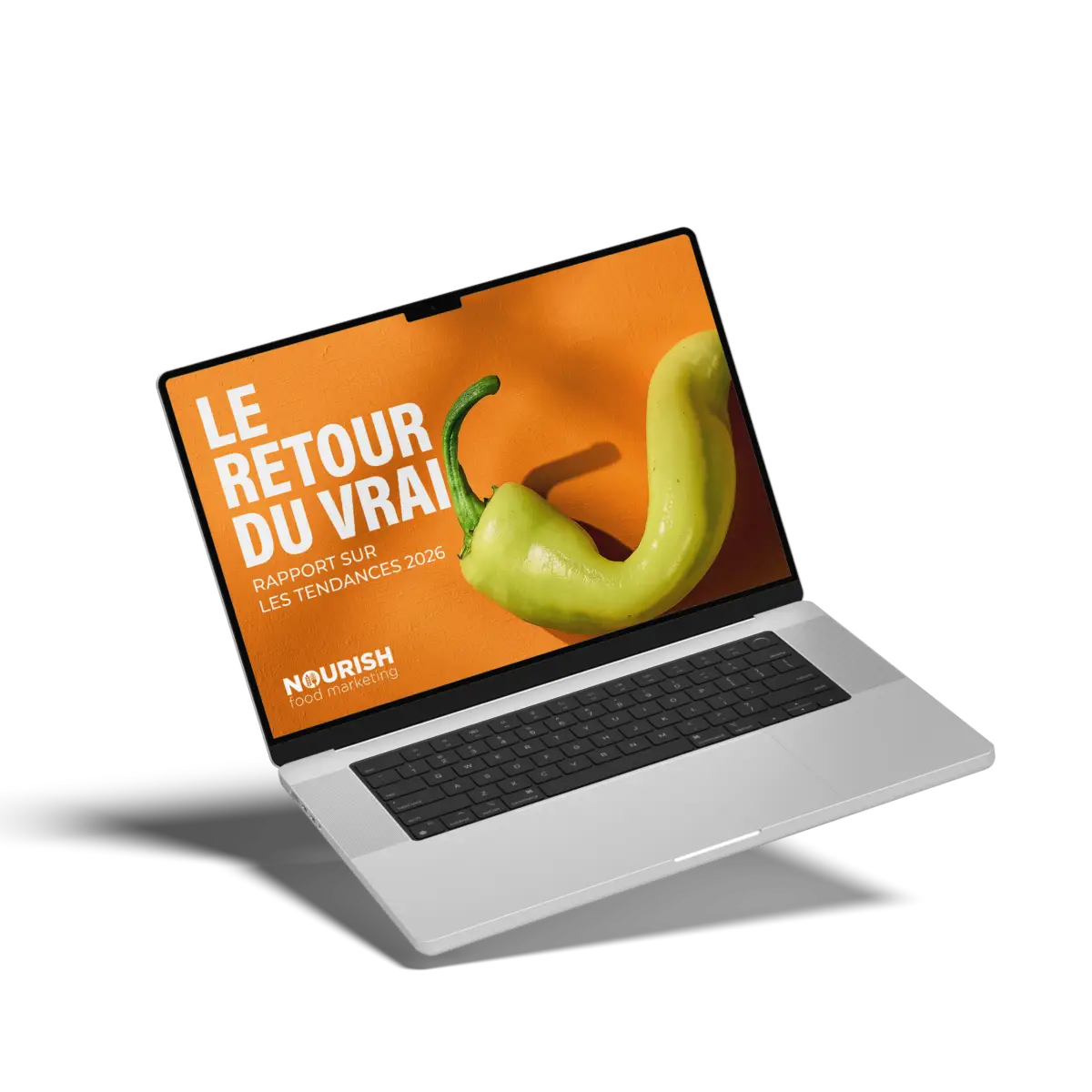by Len Kahn, President of Kahntact
The fact that individual Canadian farms continue to grow in size and economic impact while the number of farms and farm operators continues its steady decline is a surprise to no one close to the industry. Consolidation has long been a fact of life in Canadian agriculture — Statistics Canada reported a total of just over 193,000 farms in the 2016 Census of Agriculture; in 1996, they numbered around 338,000. At the same time, average farm size has increased dramatically, from just over 200 acres in 1996 to just under 800 acres in 2016.
This ‘fewer but larger’ trend has quite naturally cropped up in the agri-business sector as well. A colleague recently sent me a graph showcasing the consolidation of the crop protection sector. In 2002, approximately 20 major crop protection companies were operating in North America, including gone but not forgotten gems like Cyanamid (where I held my first product manager job), Union Carbide, May & Baker, and Shell, Stauffer and Chipman, among others. Today, discounting smaller niche and generic players, that number stands at five: Bayer, BASF, Corteva, Syngenta and FMC.
Many of the Big 5 have also acquired seed companies along the way, providing an integrated suite of seed-plus-crop protection solutions but also reducing the number of stand-alone seed companies. The implications for farmers, retailers and ag marketers are complex.
Suppliers numbers are down — but what about prices and innovation?
Farmers and retailers initially worried that fewer companies would mean less competition, leading to higher prices and potentially fewer products available. This does not appear to have happened – yet.
The Big 5 continue to compete hard, invest in research and development, and bring new technologies to market. For example, our client FMC brought its proprietary PrecisionPac technology to market in 2009. PPAC, as it’s known, is a unique and innovative application platform that dispenses herbicide blends customized by weed spectrum, field size, and sprayer capacity. FMC continues to invest in improvements and enhancements to the technology and has gained significant market share over the years.
Plus, a smattering of smaller and generic crop protection companies are emerging and attempting to gain traction, filling spaces either abandoned or under-serviced by the larger players. Overall, farmers continue to enjoy a wide selection of products, including numerous new registrations and label extensions each year.
Herbicide, fungicide, and insecticide prices have tended to trend with cost-of-living. And while seed prices have risen more dramatically, this is more related to the integration of new technologies and traits into the seed offerings, such as herbicide tolerance, built-in insect and disease protection, and even drought resistance. The majority of growers are willing to pay higher prices for seed if they see the value in terms of increased yield, standability, and, ultimately, profitability. The bottom line is the rampant price hikes due to reduced competition some feared have not materialized in any significant way.
A changing farm industry requires a change in how we market to it and for it
For marketers, consolidation means we have to adjust our approach and update our toolkit continuously. Take the dairy sector as an example – in 1970, there were over 140,000 dairy farms in Canada. Today that number is closer to 20,000. But, those 20,000 operators produce significantly more milk and generate much higher revenues than their 1970s counterparts.
Broad-based advertising made a ton of sense when suppliers were trying to influence a large number of producers back in the day. But in 2021, we need to be more surgical in our approaches. Targeted digital and social media strategies, more face-to-face selling, and individualized direct marketing initiatives are taking the place of broad-based traditional techniques. And marketers are now challenged more than ever to demonstrate Return-On-Investment for every strategy and tactic we recommend.
At Kahntact, we’re going through a fairly major transformation in not only the work we produce but also how we produce it. It’s a necessary investment to keep ourselves relevant and a way to ensure that we’ll be in a position to service the fewer but larger clients, who themselves are innovating to service the fewer but increasingly more valuable customers in the primary agriculture sector. It’s the great circle of marketing at work!
